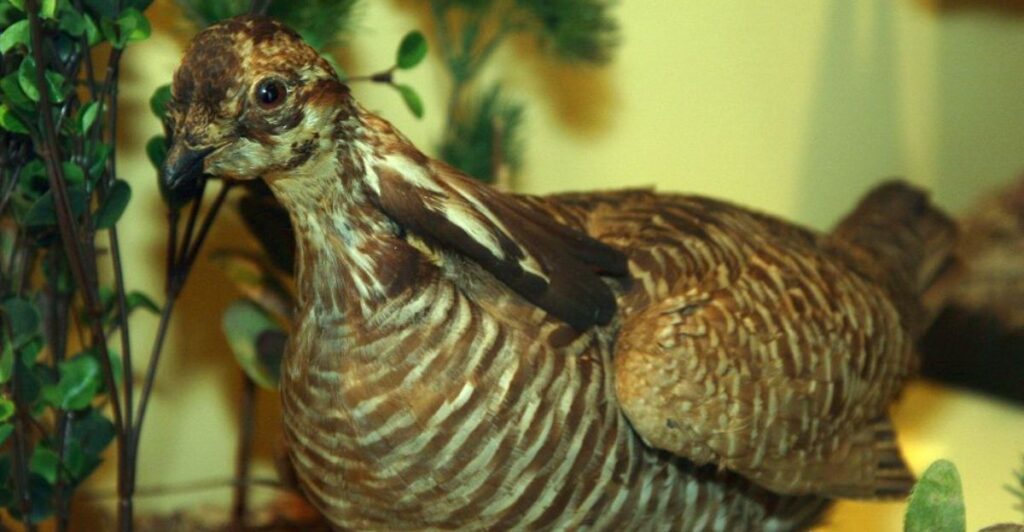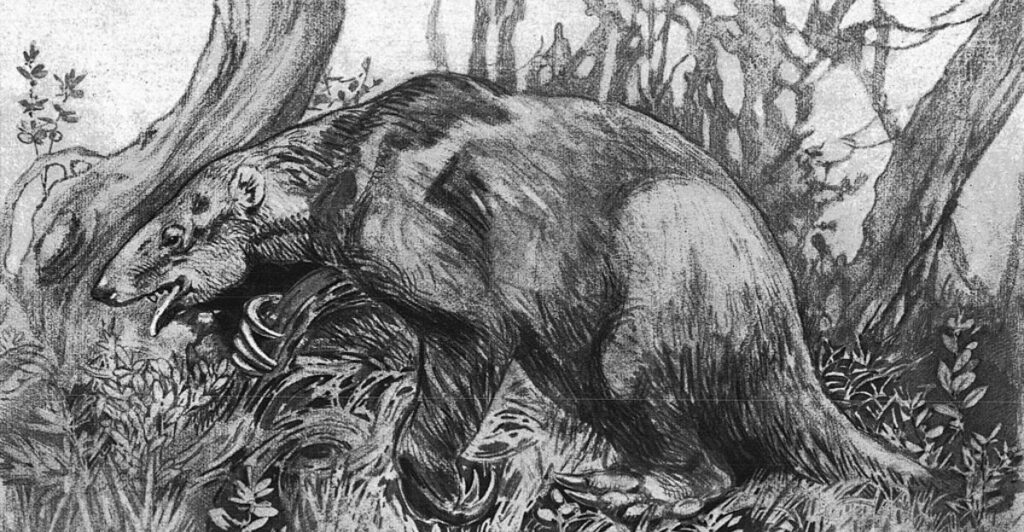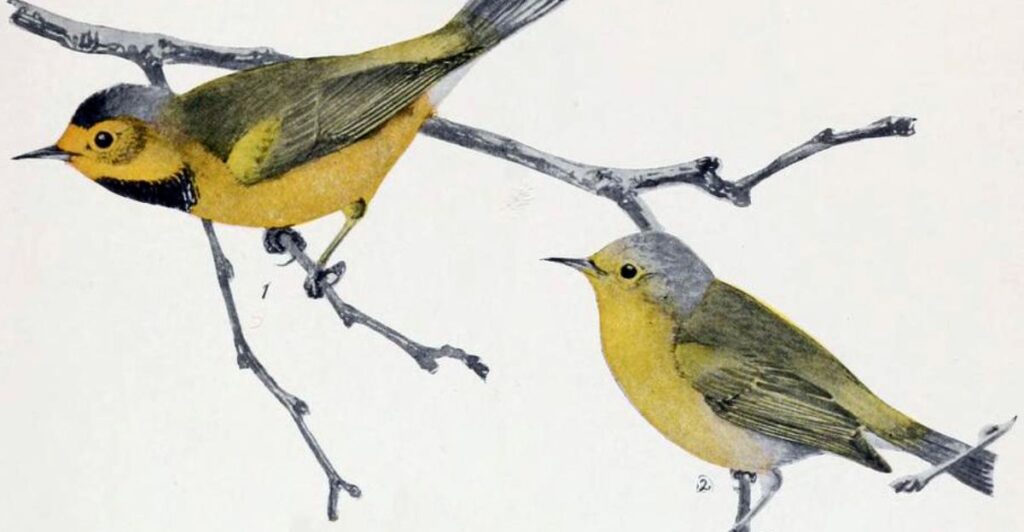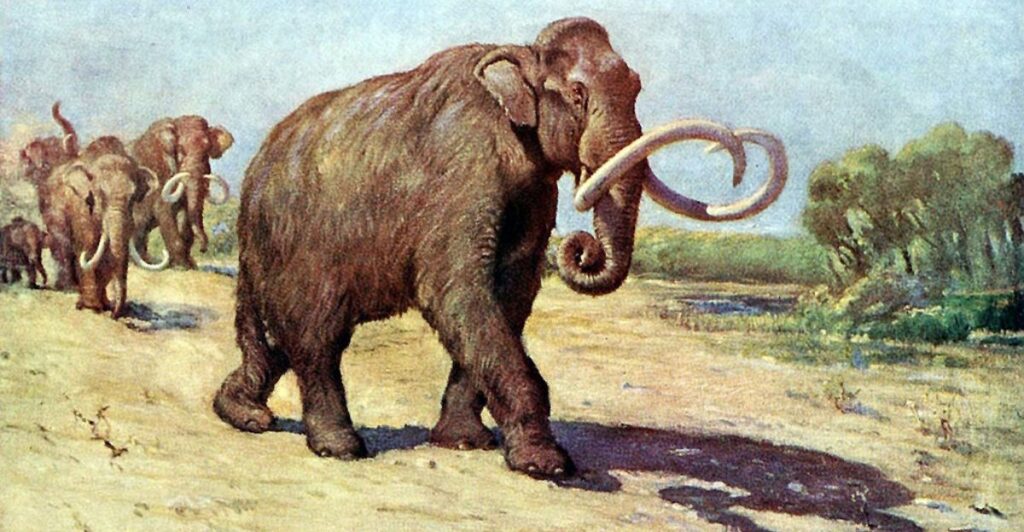
America’s wilderness once teemed with incredible creatures—some ferocious, others fantastical. Their roars, calls, and movements shaped the natural world we cherish. However, as the years passed, these animals vanished, often due to human intervention. What stories did they leave behind? Let’s explore 12 remarkable American species that no longer roam the lands they once called home.
1. Giant Beaver

North America’s wetlands were once home to massive beavers who could weigh up to 200 pounds. These creatures built dams and lodges that were smaller than the creations of their modern relatives. They collapsed around 10,000 years ago, and this coincided with the loss of glacial habitats and hunting by early humans. Fossilized skulls still hint at their impressive size.
2. Paleolama (American Llama)

These long-necked Paleolama once roamed North America’s expansive plains and woodlands, grazing on abundant vegetation. Their survival depended on these open habitats, but 10,000 years ago, overhunting and drastic ecological changes caused them to disappear, leaving behind fossil records of their existence.
3. Terratorn (Giant Vulture)

Around 10,000 years ago, this colossal bird vanished from North America’s skies due to climate shifts and megafauna decline. With a wingspan exceeding 16 feet, it once soared over vast landscapes, scavenging large carcasses and playing a significant role in maintaining the Pleistocene ecosystem’s balance.
4. Hagerman Horse

This prehistoric horse, which resembled zebras, thrived on North America’s open plains during the Pleistocene epoch. It also grazed like the zebra and vanished around 10,000 years ago because of climate changes and human hunting. Fun fact: the Hagerman Horse is Idaho’s state fossil!
5. Shasta Ground Sloth

Climate shifts and human overhunting drove ground sloths to extinction 11,000 years ago. These 500-pound creatures thrived in North American deserts and caves, feasting on tough plants like cacti and yucca. Fossils left behind offer valuable insights into their existence and survival in arid environments.
6. Harlan’s Ground Sloth

Unlike its towering cousins, this Ice Age herbivore grazed on grasses and shrubs in the western US. It relied on warmer climates to survive and weighed nearly a ton. Harlan’s ground sloth disappeared about 11,000 years ago, said to be because of encounters with early hunters and ecological upheaval. Fossilized footprints give us glimpses into its ancient life.
7. Bachman’s Warbler

A delicate songbird that lived in the southeastern United States, the Warbler favored swampy forests and dense vegetation. Logging and wetland drainage destroyed its habitat, and sightings dwindled by the 1960s. Despite unconfirmed reports, it’s widely believed extinct. Its disappearance serves as a somber reminder that human development often comes at the cost of wild habitat destruction.
8. Pleistocene Ground Sloth

Towering up to 13 feet tall, this prehistoric herbivore roamed North and South America for millions of years. It likely disappeared around 10,000 years ago, coinciding with human arrival and climate shifts. Fossils reveal its formidable size and unique adaptations, hinting at a time when America’s fauna was truly otherworldly.
9. Heath Hen

Once abundant in New England’s heathlands, this wild grouse saw its population plummet due to overhunting and land development. Despite conservation attempts, the last heath hen, nicknamed “Booming Ben,” died in 1932. Its fate inspired early wildlife preservation efforts and proved even small species can leave big lessons.
10. American Cheetah

Fast and agile like the Cheetahs we know, these ancient predators once stalked prey across North America’s plains. Despite their name, however, they weren’t true cheetahs—only sharing similar adaptations. Fossil records suggest their eradication occurred about 10,000 years ago, which coincides with the decline of large prey species and the arrival of early human activities.
11. Giant Short-Faced Bear

A predator of unparalleled size, this ice-age bear stood nearly 12 feet tall when upright and could weigh up to 2,000 pounds. As it roamed North America’s open landscapes, it preyed on large herbivores. However, climate shifts and dwindling prey led to its extinction 11,000 years ago, leaving behind remarkable fossils that continue to inspire awe.
12. Columbian Mammoth

The Columbian mammoth, towering up to 13 feet, roamed North America during the Pleistocene epoch. These herbivorous giants vanished 12,000 years ago due to human hunting and climate shifts. Their loss underscores the fragile balance between nature and human impact on ecosystems.
Stay connected with us for more stories like this! Follow us to get the latest updates, or hit the Follow button at the top of this article, and let us know what you think by leaving your feedback below. We’d love to hear from you!







